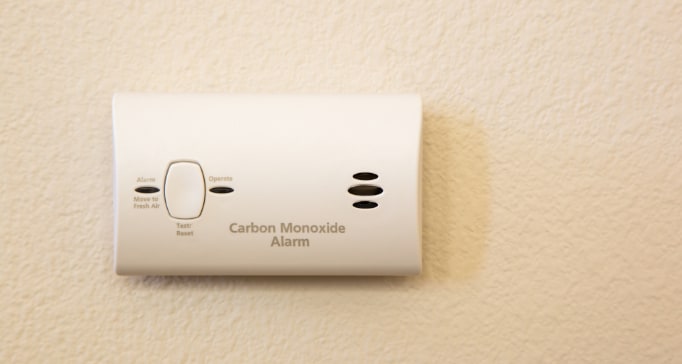
Integrate CO Detectors Into Your Security System
Placing carbon monoxide detectors in your home is a terrific start, but you can improve your safety even more by including them into your home security system. This offers an added layer of protection, as your monitoring specialists will be updated whenever a CO detector goes off. This reinforcement can prove to be critical, specially if a disaster strikes overnight and you aren’t awakened by the alarm.
Include CO Detectors In Boston With Your Home Security Package
Protect your family against all kinds of risks with a modern home security package from Secure24 Alarm Systems. Our CO and smoke detectors in Boston are carefully monitored like your other security sensors. You’ll get backup from a dedicated, round-the-clock team whenever a crises takes place. Contact (617) 430-5865 today to improve the defense of your home and family.
Where To Place Carbon Monoxide Detectors In Your Boston Home
Residents must safeguard against numerous risks like fire, flooding, and burglary. But what about something that can’t be discerned by human senses? Carbon monoxide poses unique challenges because you might never realize it’s there. Even so, implementing CO detectors can easily safeguard your family and property. Learn more about this hazardous gas and where to place carbon monoxide detectors in your Boston residence.
What Is Carbon Monoxide?
Referred to as the silent killer because of its lack of color, odor, or taste, carbon monoxide is a common gas caused by an incomplete combustion of fuels. Any fuel-consuming appliance like a furnace or fireplace can generate carbon monoxide. Even though you typically won’t have problems, issues can crop up when an appliance is not regularly inspected or properly vented. These missteps may cause a build-up of this potentially deadly gas in your interior. Generators and heating appliances are the most consistent causes for CO poisoning.
When subjected to lower concentrations of CO, you could notice fatigue, headaches, dizziness nausea, or vomiting. Prolonged exposure to high levels can lead to cardiorespiratory arrest, coma, and death.
Recommendations On Where To Place Boston Carbon Monoxide Detectors
If your home is without a carbon monoxide detector, purchase one today. Ideally, you should install one on each level of your home, and that includes basements. Here are several suggestions on where to place carbon monoxide detectors in Boston:
- Install them on each level, specifically in places where you have fuel-burning appliances, such as furnaces, fireplaces, gas dryers, and water heaters.
- You ought to always have one within 10 feet of bedroom areas. If you only get one CO detector, this is where it should go.
- Place them approximately 10 to 20 feet from potential CO producing appliances.
- Avoid installing them right above or beside fuel-consuming appliances, as a small amount of carbon monoxide might be released when they start and prompt a false alarm.
- Secure them to walls approximately five feet above the ground so they can measure air where inhabitants are breathing it.
- Avoid putting them in dead-air places and next to doors or windows.
- Put one in rooms above attached garages.
Check your CO detectors often and maintain them per manufacturer recommendations. You will generally need to replace units every five to six years. You should also ensure any fuel-utilizing appliances are in in good working shape and have proper ventilation.
